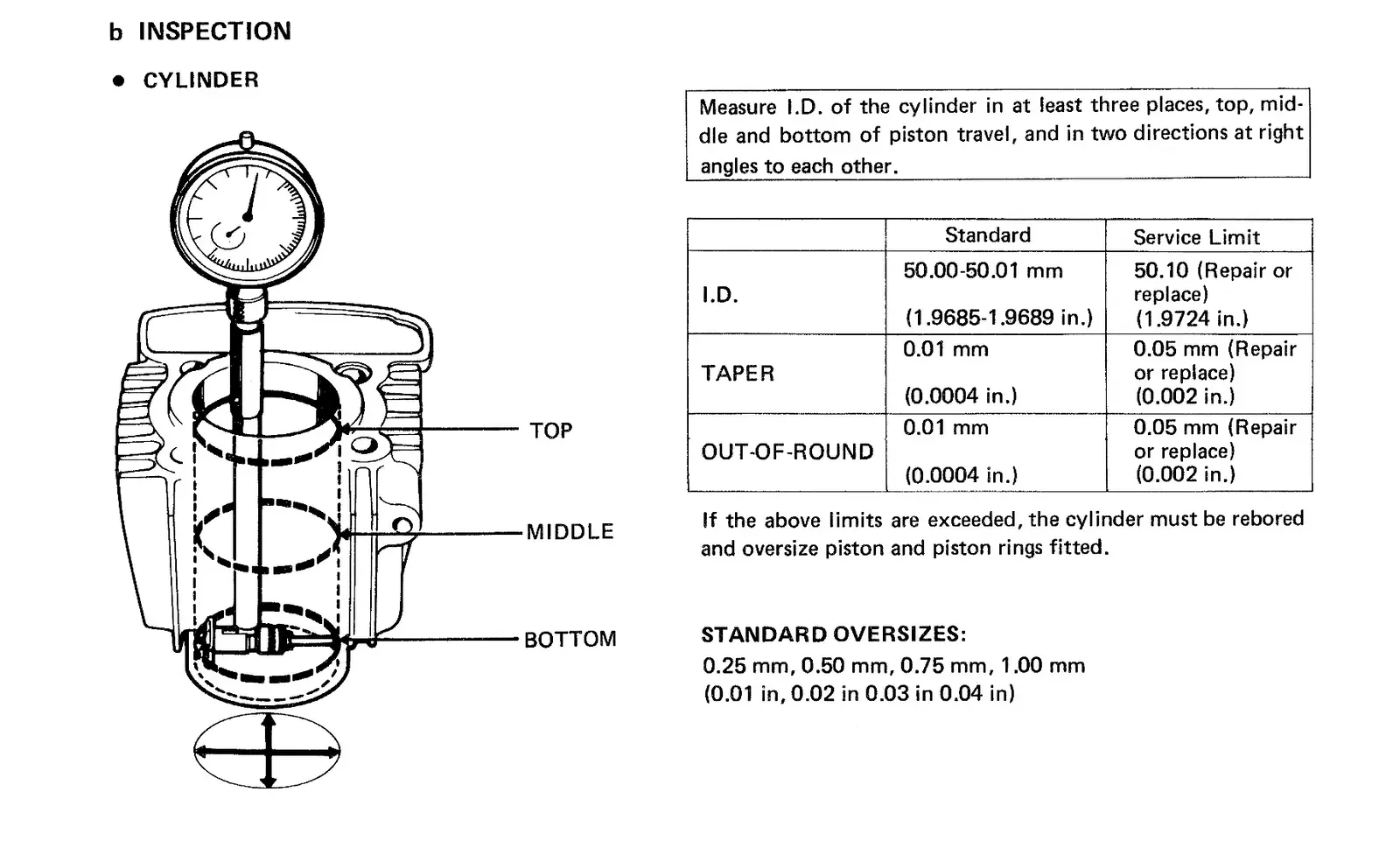
Checking your cylinder is within the service limit involves measuring the bore with a cylinder gauge as shown in the following diagram:
What follows is what I've found out about this process from research and experimentation, but please note that I'm not an engineer and I'm just doing this...
Checking your cylinder is within the service limit involves measuring the bore with a cylinder gauge as shown in the...
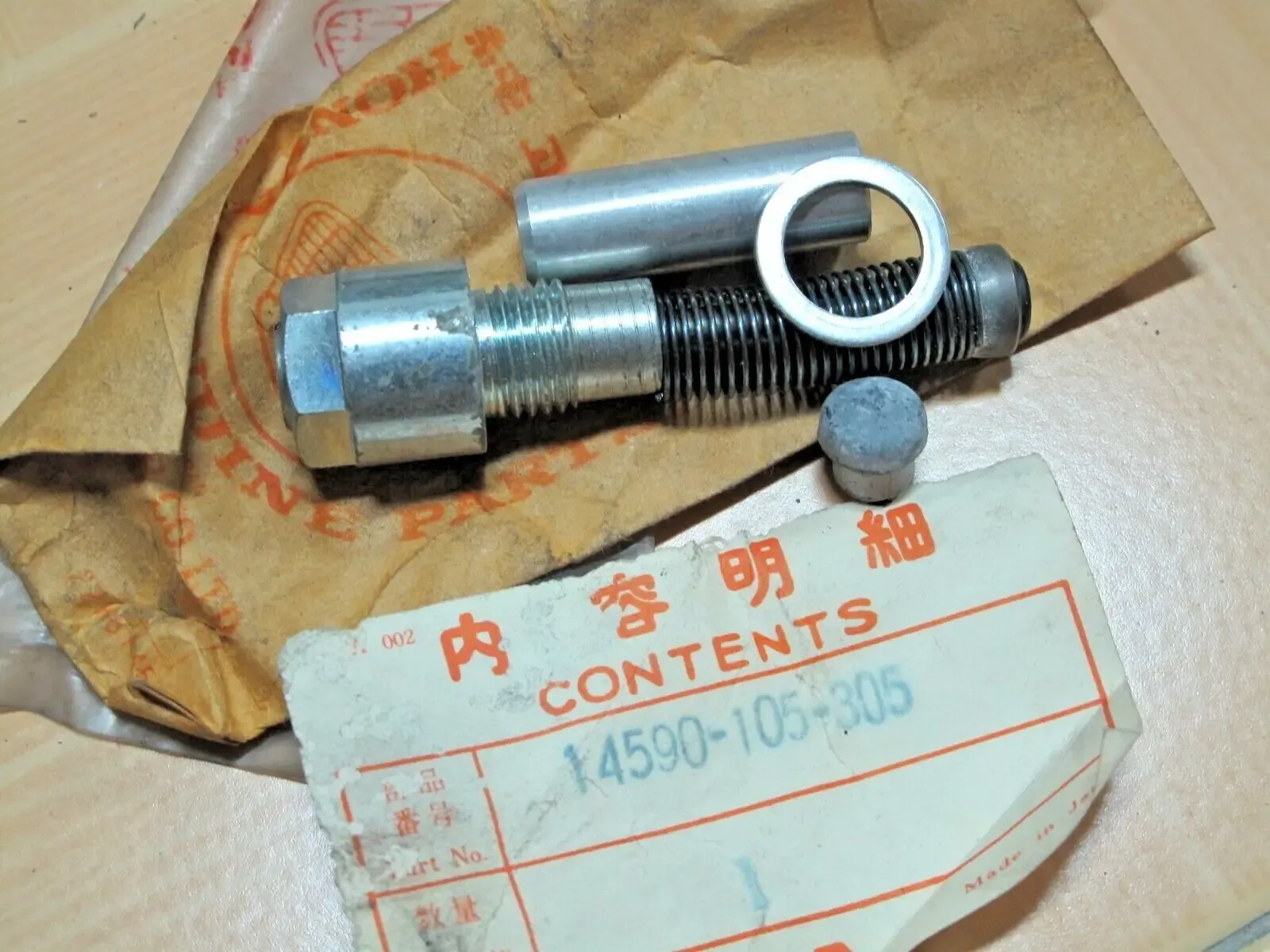
Chains tend to 'stretch' in use because material wears away from the bushings and pins, increasing the clearance between the parts and causing the chain to elongate. So when Honda replaced the Super Cub push-rod engines with a new overhead cam model that used a chain to drive the mechanism they needed a...
Chains tend to 'stretch' in use because material wears away from the bushings and pins, increasing the clearance...
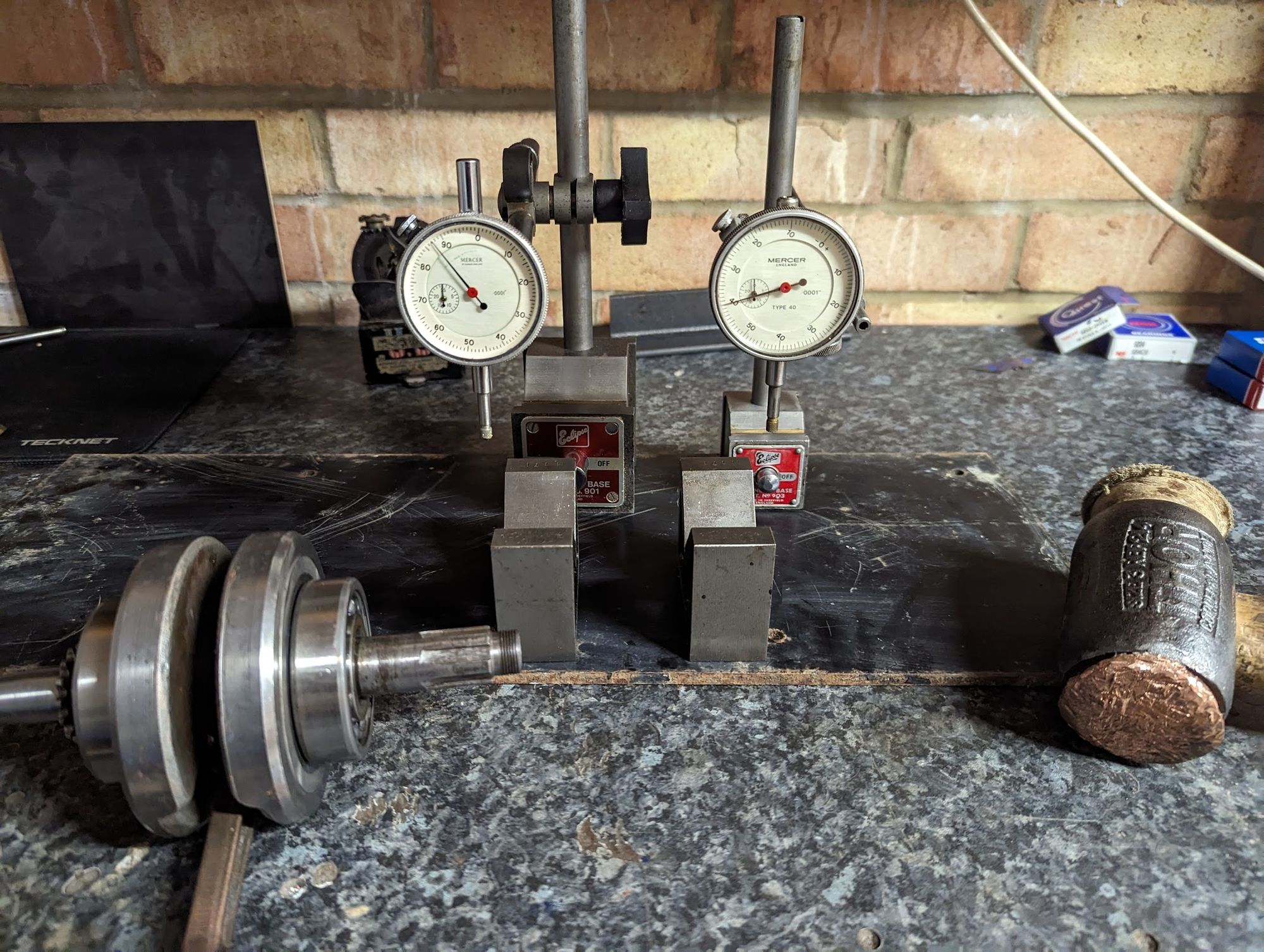
There are plenty of places that will rebuild your crankshaft for you, but it is also a job that can be done at home if you have the right equipment.
tools
You'll need a press (minimum 10 ton) to remove the pin and to reassemble the crankshaft and you’ll also need some...
There are plenty of places that will rebuild your crankshaft for you, but it is also a job that can...
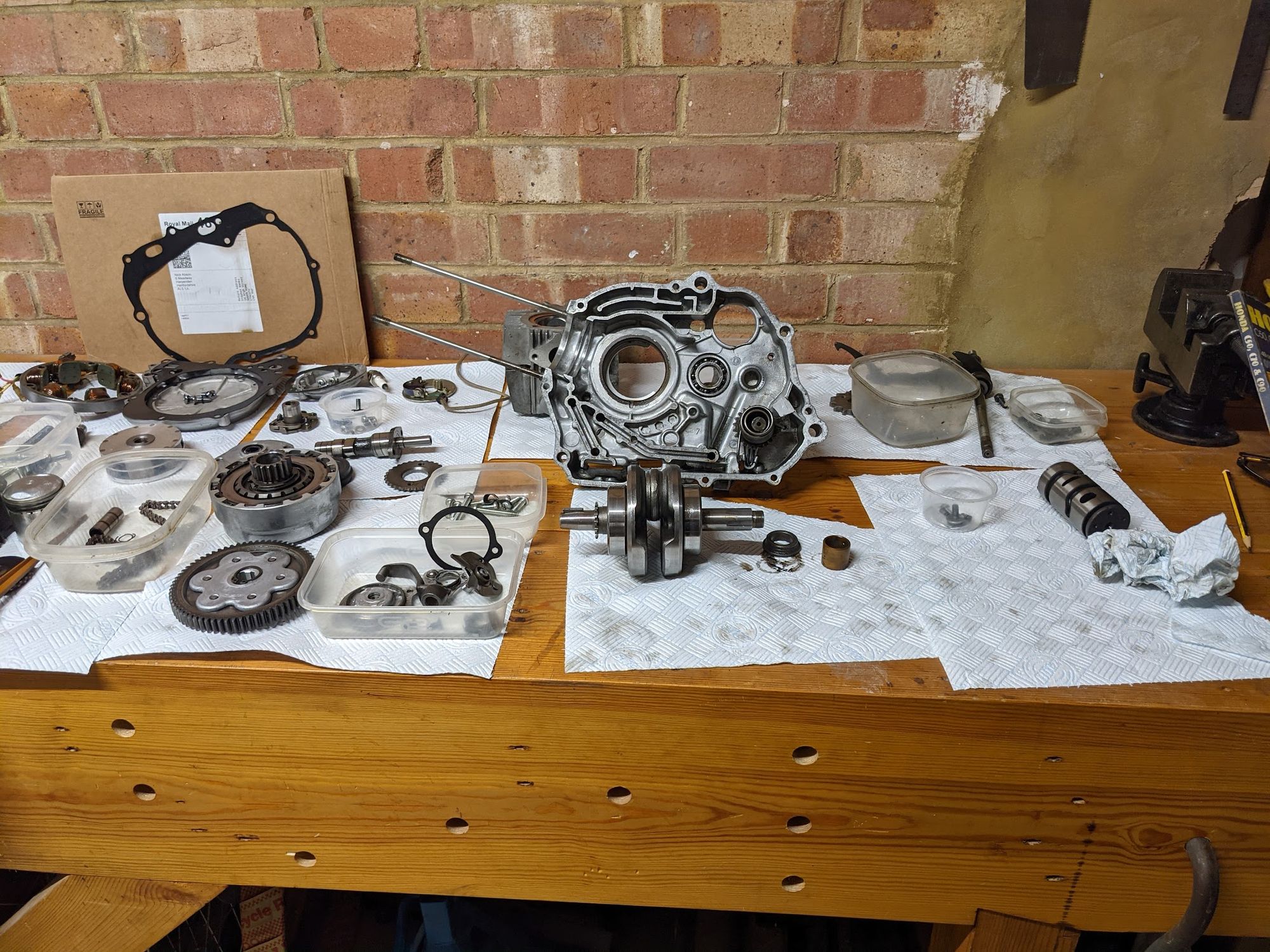
Intro
If you have dismantled your bike in order to refurbish it then, once you have finished reassembling the engine, you will be faced with a large pile of bits that need putting back together. In the immortal words of the old Honda manuals:
"Perform the reassembly in the reverse procedure of disassembly."...
Intro
If you have dismantled your bike in order to refurbish it then, once you have finished reassembling the engine,...
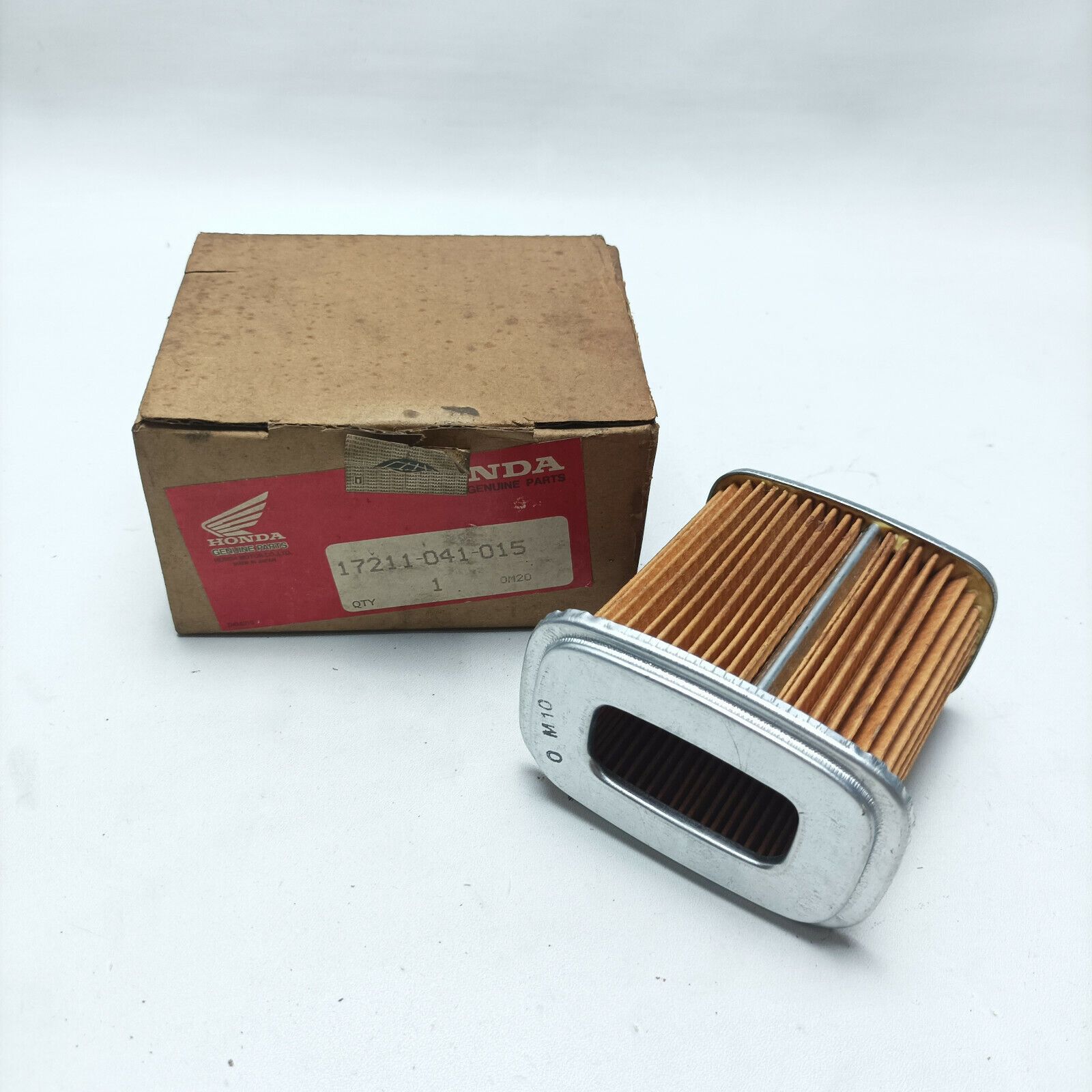
It hardly needs saying but the engine only works when air gets in one end and exhaust gasses exit the other. This article covers the two systems on either end of the engine, the air cleaner and the exhaust.
Muffler and exhaust pipe
Although in the UK we tend to refer generically to "exhaust...
It hardly needs saying but the engine only works when air gets in one end and exhaust gasses exit the...
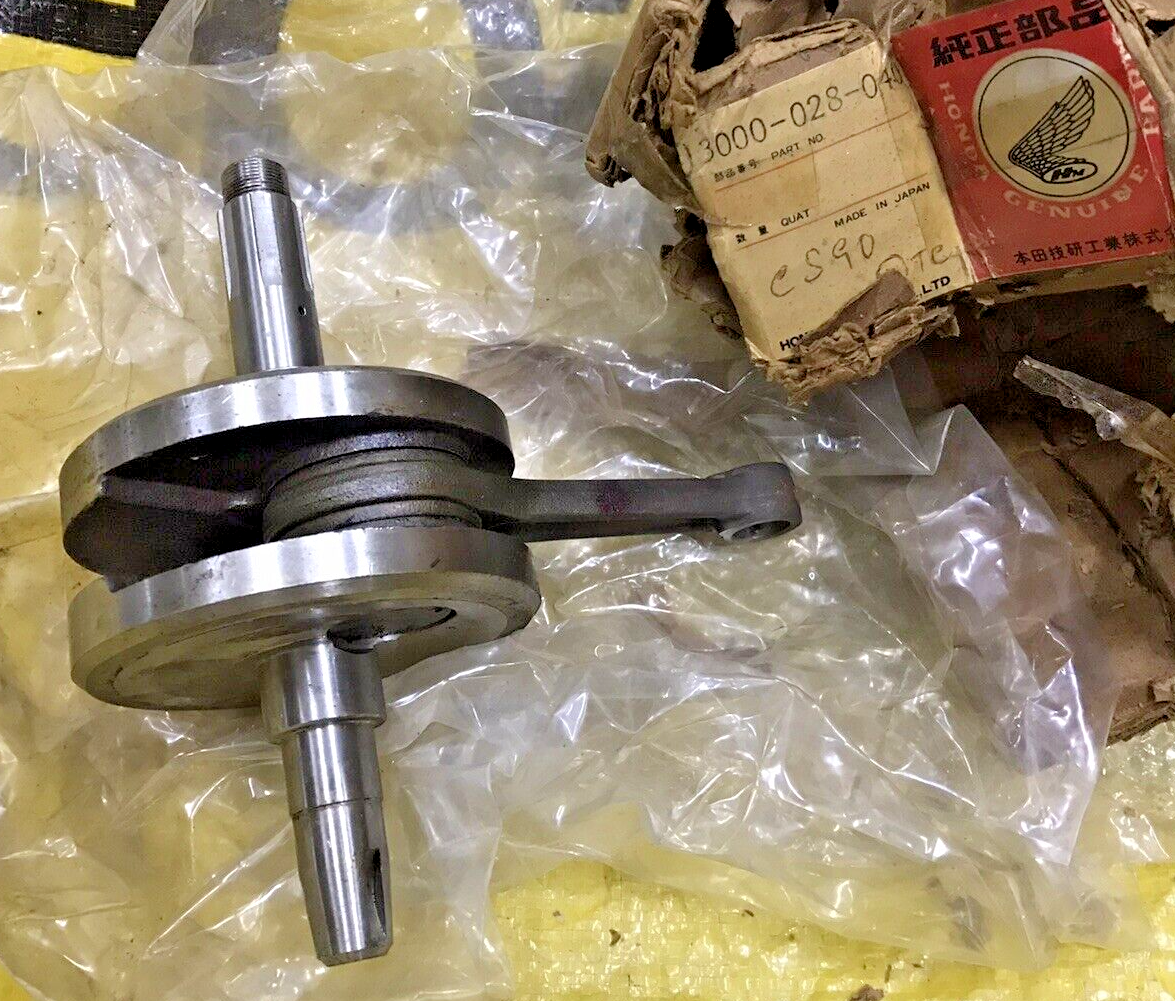
The forces created by combustion pressure are transferred to the piston through to the connecting rod, causing the crankshaft to turn and thus converting the reciprocating motion of the piston to rotary motion. Here's what I learned about how it works.
construction
The connecting rod is located on the crankpin and the webs[...
The forces created by combustion pressure are transferred to the piston through to the connecting rod, causing the crankshaft to...
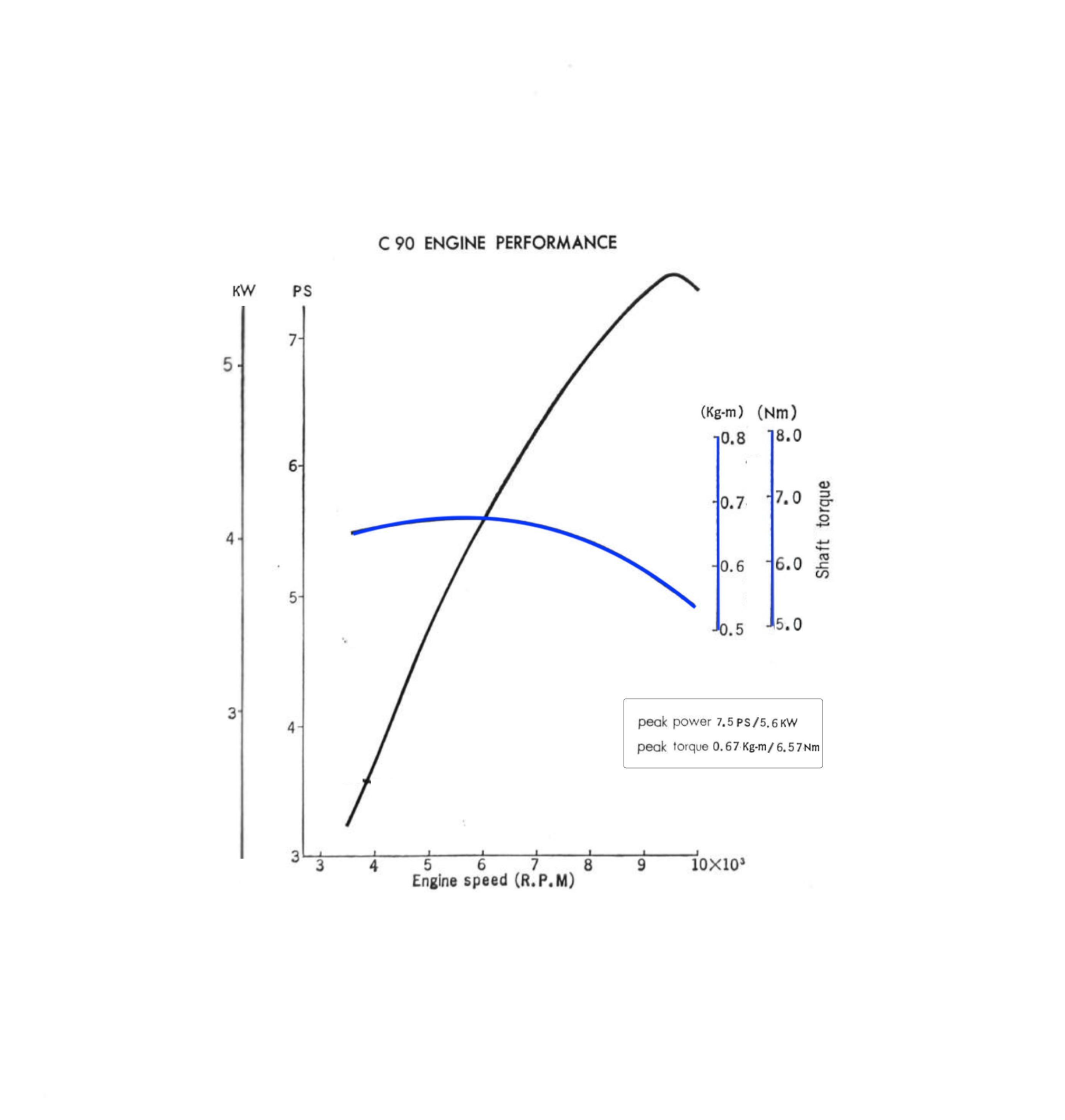
The transmission takes energy from combustion and transmits it to the rear wheel. The mechanism is shown below:
The power is transmitted through a fairly convoluted path before it reaches the rear wheel: energy created by combustion forces the piston downwards causing the crank to rotate. The crank rotation is then transmitted through the clutch...
The transmission takes energy from combustion and transmits it to the rear wheel. The mechanism is shown below:
The power...
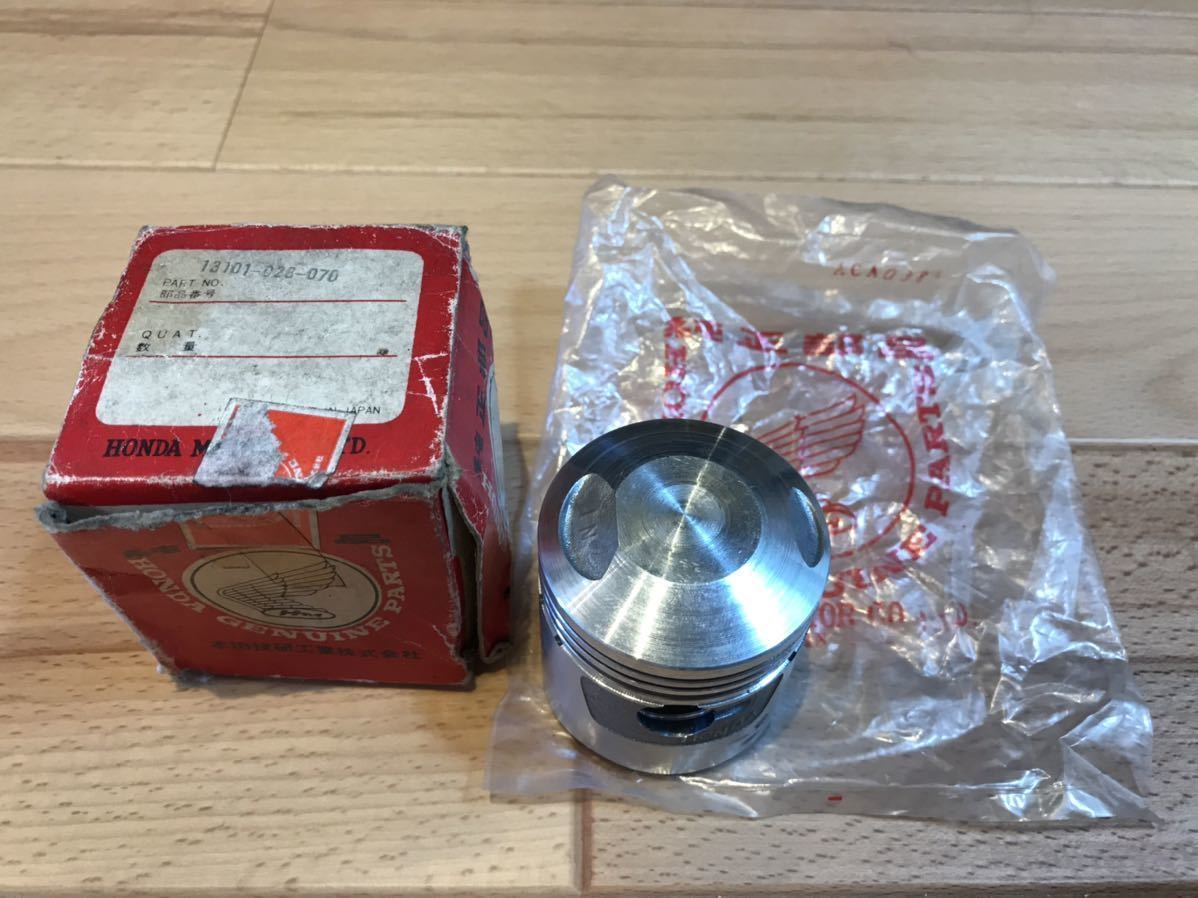
Internal combustion engines convert the chemical energy stored in fuel into the mechanical energy used to power machines when the fuel air mixture is compressed in the space between the piston and the cylinder head and ignited by the spark plug.
The design of the piston, cylinder and cylinder head plays an important role in...
Internal combustion engines convert the chemical energy stored in fuel into the mechanical energy used to power machines when the...
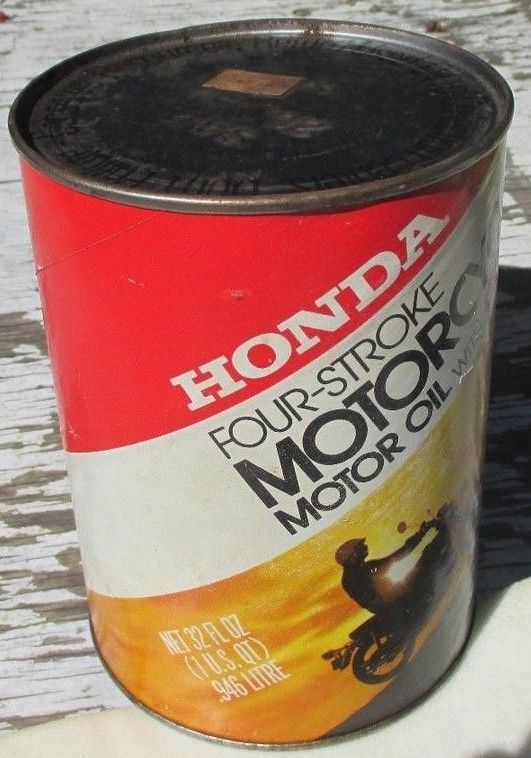
The first Super Cubs did not have pumped lubrication, instead the crank, piston and cylinder were splashed by oil thrown up by a dipper on the big end of the connecting rod.
A similar device can be seen in towards the end of this excellent video about engine lubrication:
As shown in the diagram above,...
The first Super Cubs did not have pumped lubrication, instead the crank, piston and cylinder were splashed by oil thrown...
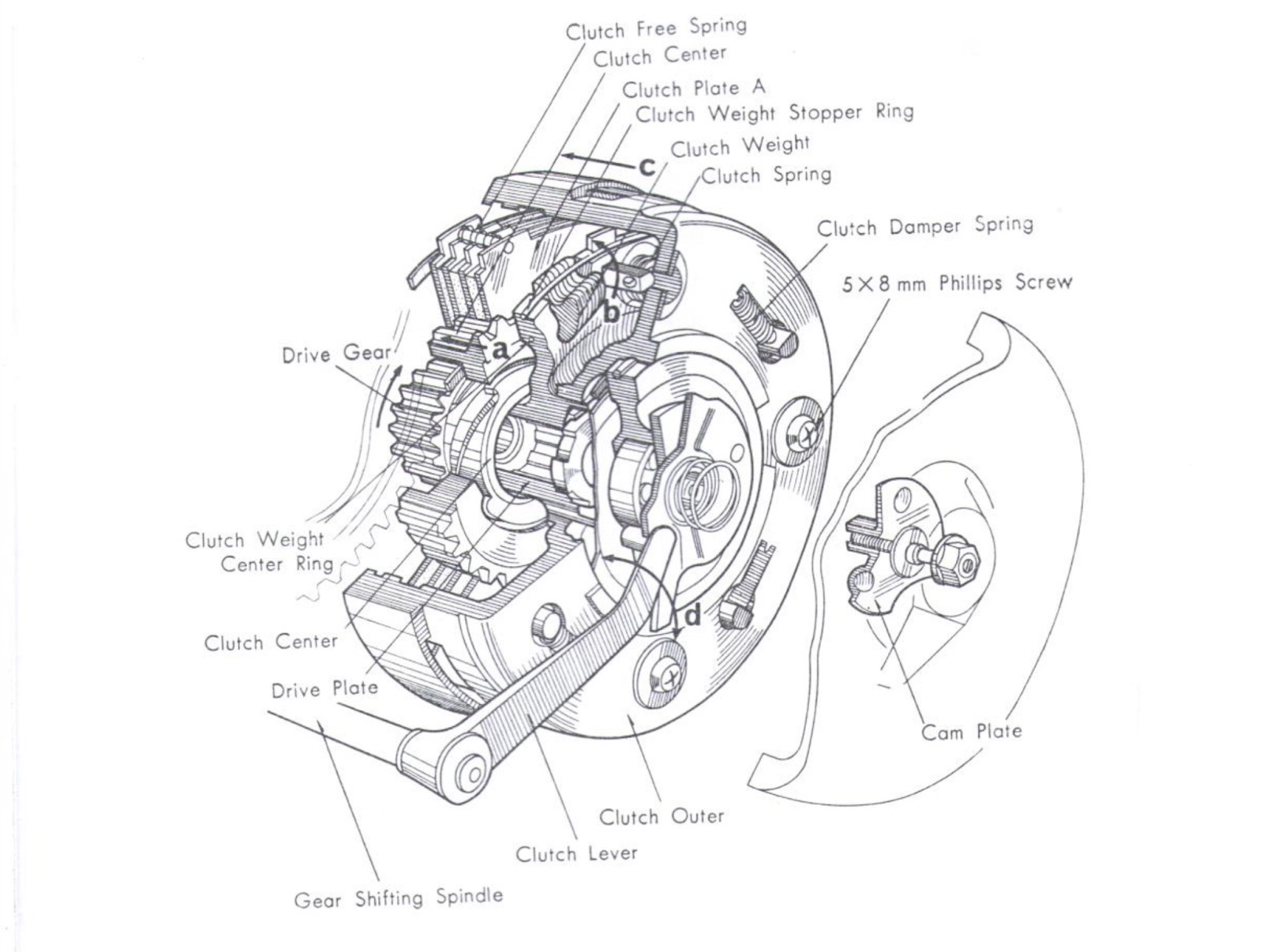
The history of the automatic clutch used in Honda's Super Cub motorcycles can be traced back to the 1940s. Soichiro Honda's early success with auxiliary engines had shown him there was a market in Japan for inexpensive motorised two wheeled transport.
By the mid 1950s he had begun to think of...
The history of the automatic clutch used in Honda's Super Cub motorcycles can be traced back to the...
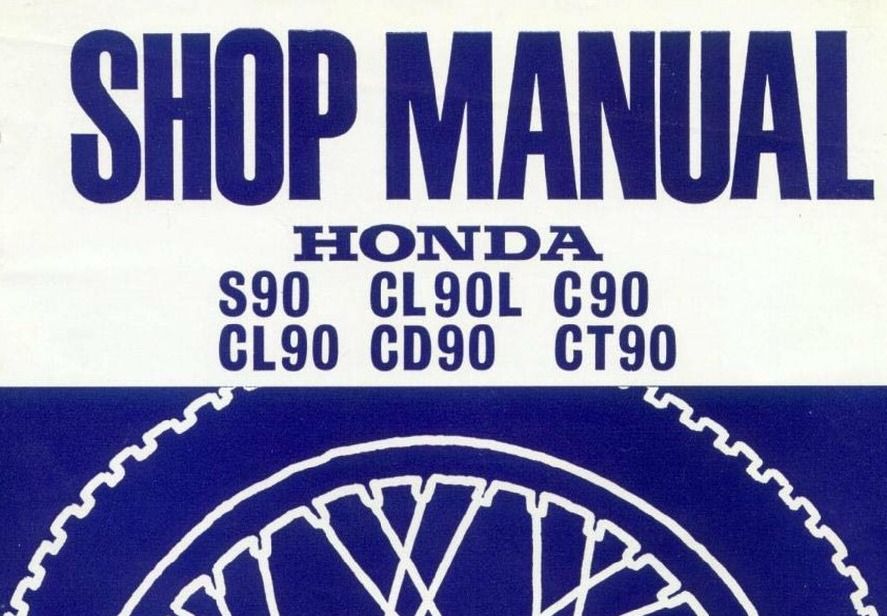
When learning how to repair my 1978 Honda Super Cub c90 I was surprised to discover that original printed copies of the Honda shop manuals are still in circulation. Unlike the Haynes and Clymer publications that were aimed at the general public, these are the instructions used by the Honda mechanics who mended and maintained...
When learning how to repair my 1978 Honda Super Cub c90 I was surprised to discover that original printed copies...
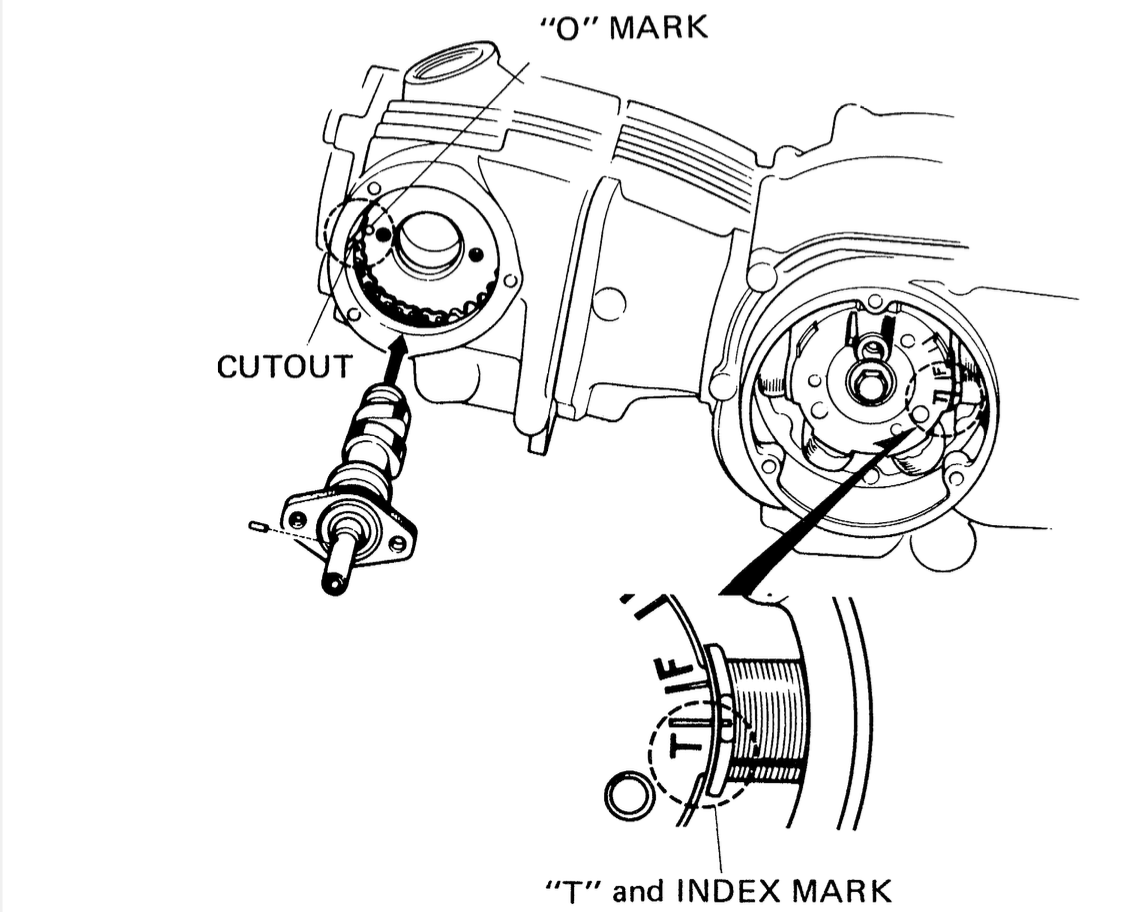
Timing
The cam to crank timing is initially set when you assemble the engine. Timing refers to the regulation of the parts of a mechanism to ensure it works as designed. In this context it a reference to the mechanism by which the crank turns the camshaft and the valves in the engine are made...
Timing
The cam to crank timing is initially set when you assemble the engine. Timing refers to the regulation of...
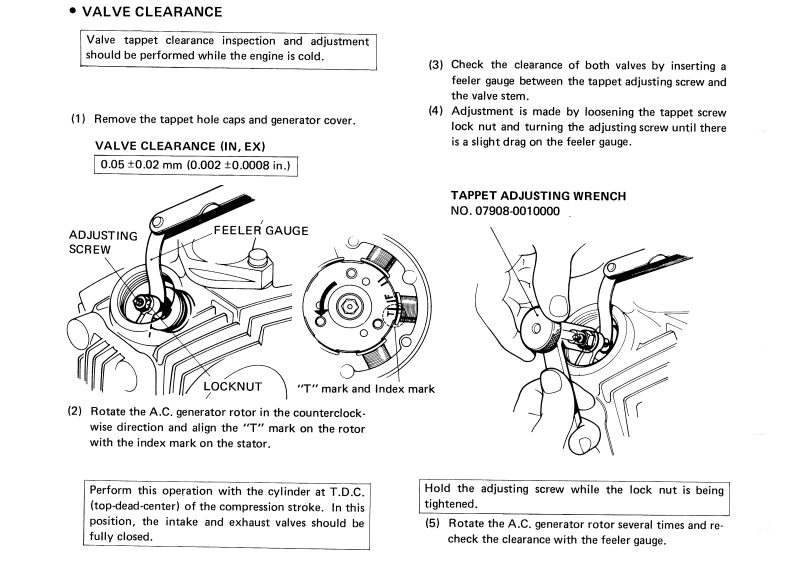
Adjustment
Here are the valve adjustment instructions taken from a CT90 workshop manual (the late 1970s CT90 and c90 z2 shared many engine components):
The idea is to set the gap so that the feeler gauge just slides between the tappet adjustment screw and the top of the valve stem.
As explained here the adjustment...
Adjustment
Here are the valve adjustment instructions taken from a CT90 workshop manual (the late 1970s CT90 and c90 z2...
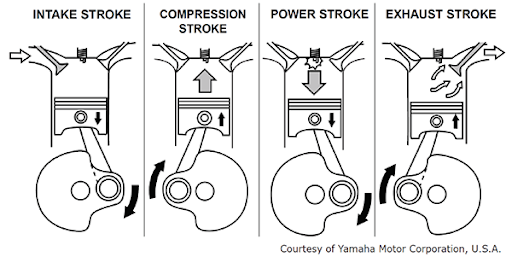
As explained in this extract from a Honda manual, valve adjustment measurements must be taken at top dead centre (TDC) on the compression stroke. This short article explains how to check your engine is in the right spot to measure the valve gap.
To understand Honda’s instructions we need to recall the basic operation...
As explained in this extract from a Honda manual, valve adjustment measurements must be taken at top dead centre (TDC)...
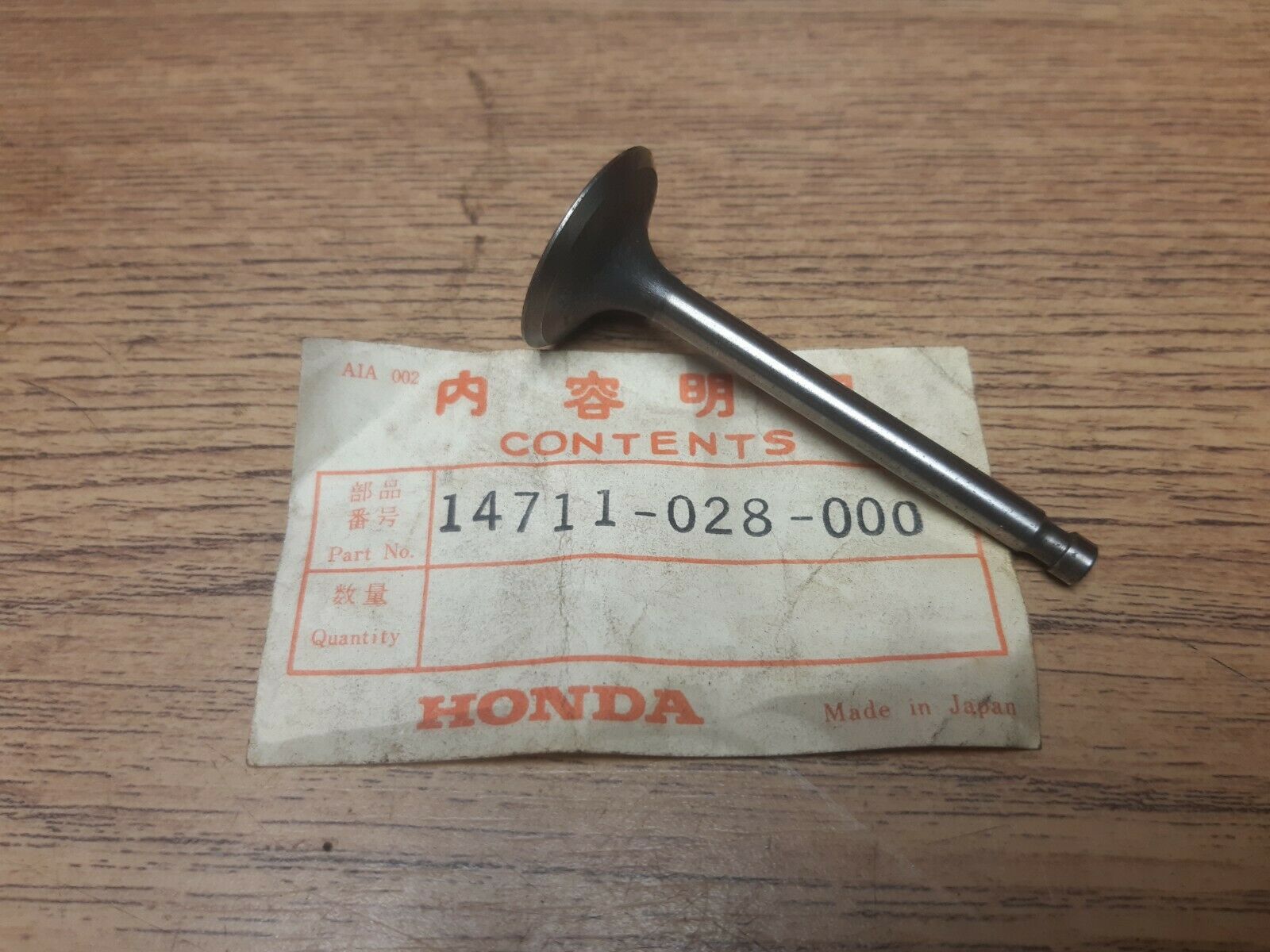
Once you have the engine back together an important job is to adjust the valve clearance (sometimes called “valve lash”). The clearance you are adjusting is the gap between the “tappet” and the tip of the valve. Tappet is an Engineering term meaning:
a moving part in a machine which transmits motion in a straight...
Once you have the engine back together an important job is to adjust the valve clearance (sometimes called “valve lash”...
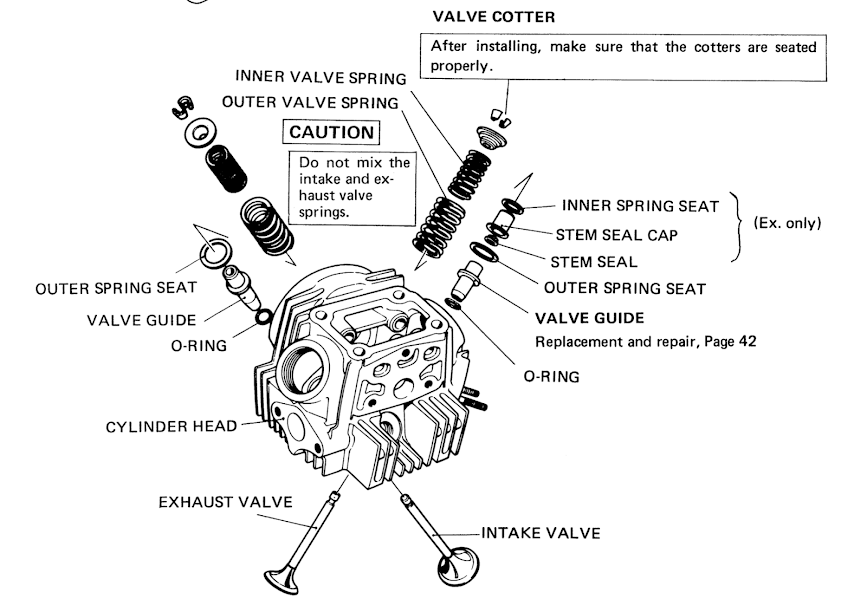
The valves are held in place by metal guides installed in the cylinder head and on some C90s (including the c90 z2) there is a synthetic rubber valve seal on top of the exhaust valve guide, as is shown in this diagram from the 1978 CT90 service manual:
Honda tried a number of different valve...
The valves are held in place by metal guides installed in the cylinder head and on some C90s (including the...
















